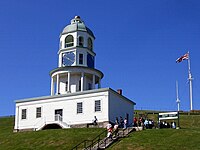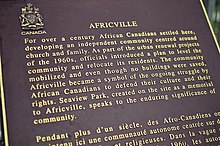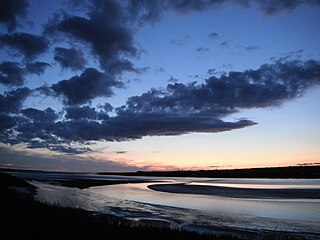
Truro is a town in central Nova Scotia, Canada. Truro is the shire town of Colchester County and is located on the south side of the Salmon River floodplain, close to the river's mouth at the eastern end of Cobequid Bay.

Black Canadians, also known as Afro-Canadians, are Canadians of full or partial sub-Saharan African descent. The majority of Black Canadians are of Caribbean and African origin, though the Black Canadian population also consists of African Americans in Canada and their descendants.
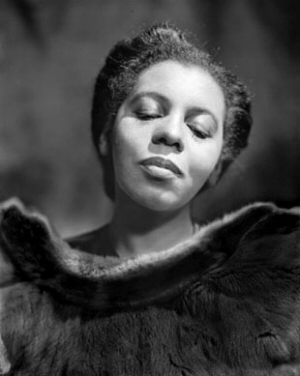
Portia May White was a Canadian contralto, known for becoming the first Black Canadian concert singer to achieve international fame. Growing up as part of her father's church choir in Halifax, Nova Scotia, White competed in local singing competitions as a teenager and later trained at the Halifax Conservatory of Music. In 1941 and 1944, she made her national and international debuts as a singer, receiving critical acclaim for her performances of both classical European music and African-American spirituals. White later completed tours throughout Europe, the Caribbean, and Central and South America.

North Preston is a community located in Nova Scotia, Canada within the Halifax Regional Municipality.
Peter J. Kelly is a municipal civil servant, businessman and former politician. Kelly is the former Chief Administrative Officer (CAO) for Charlottetown, Prince Edward Island, Canada, who was fired in May 2022. He is a former mayor of the Halifax Regional Municipality (HRM), Nova Scotia. Kelly was elected to Bedford town council in 1985, then became mayor in 1991. In 1995, in the newly amalgamated HRM, he was elected councillor for Bedford, Nova Scotia. In 2000, he was elected Mayor of the HRM. Under scrutiny for his role in the HRM concert scandal and as executor for the will of Mary Thibeault, Kelly left politics in 2012 citing 'personal reasons'.

The North End of Halifax is a neighbourhood of Halifax, Nova Scotia occupying the northern part of Halifax Peninsula immediately north of Downtown Halifax.
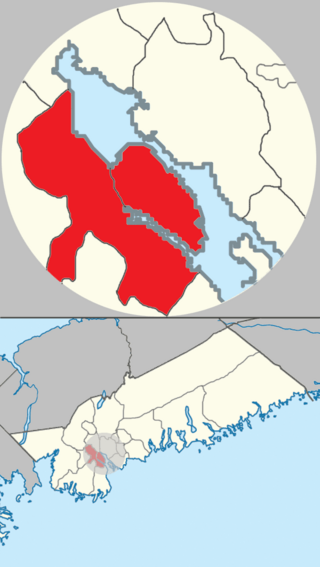
The community of Halifax, Nova Scotia was created on 1 April 1996, when the City of Dartmouth, the City of Halifax, the Town of Bedford, and the County of Halifax amalgamated and formed the Halifax Regional Municipality. The former City of Halifax was dissolved, and transformed into the Community of Halifax within the municipality.

Viola Irene Desmond was a Canadian civil and women's rights activist and businesswoman of Black Nova Scotian descent. In 1946, she challenged racial segregation at a cinema in New Glasgow, Nova Scotia, by refusing to leave a whites-only area of the Roseland Theatre. For this, she was convicted of a minor tax violation for the one-cent tax difference between the seat that she had paid for and the seat that she used, which was more expensive. Desmond's case is one of the most publicized incidents of racial discrimination in Canadian history and helped start the modern civil rights movement in Canada.
Beechville is a Black Nova Scotian settlement and suburban community within the Halifax Regional Municipality of Nova Scotia, Canada, on the St. Margaret's Bay Road. The Beechville Lakeside Timberlea (BLT) trail starts here near Lovett Lake, following the line of the old Halifax and Southwestern Railway. Ridgecliff Middle School, located in Beechville Estates, serves the communities of Beechville, Lakeside and Timberlea.

The Colored Hockey League of the Maritimes (CHL) was an all-black ice hockey league founded in Nova Scotia in 1895, which featured teams from across Canada's Maritime Provinces. The league operated for several decades lasting until 1930.
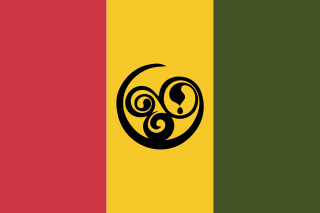
Black Nova Scotians are Black Canadians whose ancestors primarily date back to the Colonial United States as slaves or freemen, later arriving in Nova Scotia, Canada, during the 18th and early 19th centuries. As of the 2021 Census of Canada, 28,220 Black people live in Nova Scotia, most in Halifax. Since the 1950s, numerous Black Nova Scotians have migrated to Toronto for its larger range of opportunities. Before the immigration reforms of 1967, Black Nova Scotians formed 37% of the total Black Canadian population.
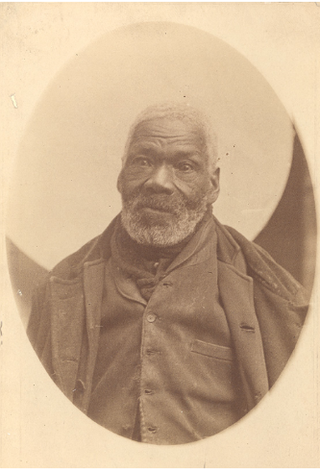
Black refugees were black people who escaped slavery in the United States during the War of 1812 and settled in Nova Scotia, New Brunswick, and Trinidad. The term is used in Canada for those who settled in Nova Scotia and New Brunswick. They were the most numerous of the African Americans who sought freedom during the War of 1812. The Black refugees were the second group of African Americans, after the Black Loyalists, to flee American enslavement in wartime and settle in Canada. They make up the most significant single immigration source for today's African Nova Scotian communities. During the antebellum period, however, an estimated 10,000 to 30,000 Black refugees reached freedom in Canada, often traveling alone or in small family groups.
Eddie Carvery is a social activist from Africville, Nova Scotia. The small, mainly black community in Halifax was destroyed by the city in the 1960s as an "urban renewal" project, after years of neglect and poor services.
The Black Cultural Centre for Nova Scotia is located in Cherry Brook, Nova Scotia, in the Halifax Regional Municipality. The centre is a museum and a library resource centre that focuses on the history and culture of African Nova Scotians. The organization of the Black Cultural Society was incorporated as a charitable organization in 1977 and the centre opened its doors in 1983, with a goal to educate and inspire and to protect, preserve and promote Black culture in Nova Scotia. The centre is located on Trunk 7 at 1149 Main Street.
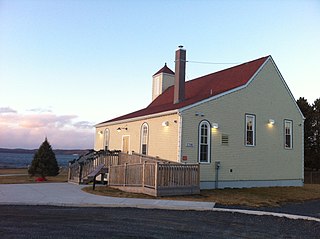
The Africville Apology was a formal pronouncement delivered on 24 February 2010 by the City of Halifax, Nova Scotia for the eviction and eventual destruction of Africville, a Black Nova Scotian community.

New Horizons Baptist Church is a Baptist church in Halifax, Nova Scotia that was established by Black Refugees in 1832. When the chapel was completed, black citizens of Halifax were reported to be proud because it was evidence that former slaves could establish their own institutions in Nova Scotia. Under the direction of Richard Preston, the church laid the foundation for social action to address the plight of Black Nova Scotians. It is affiliated with the Canadian Baptists of Atlantic Canada.
Shauntay Grant is a Canadian author, poet, playwright, and professor. Between 2009 and 2011, she served as the third poet laureate of Halifax, Nova Scotia. She is known for writing Africville, a children's picture book about a black community by the same name that was razed by the city of Halifax in the 1960s. "Africville" was nominated for a 2018 Governor General’s Literary Award. The book also won the 2019 Marilyn Baillie Picture Book Award, and was among 13 picture books listed on the United States Board on Books for Young People's 2019 USBBY Outstanding International Books List.
Environmental racism in Nova Scotia are the environmental injustices in the province that have an unequal effect on racial minorities.
The Africville Museum is a museum in Halifax, Nova Scotia, which shares the history of the Africville community.
Donald D. Skeir was a Canadian pastor, community leader, and educator in the African Nova Scotian community.

